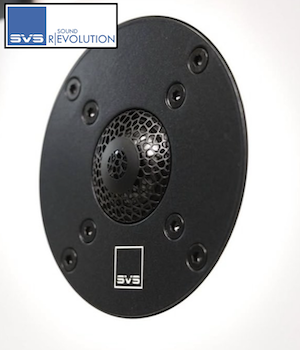I am trying to get the target (house) curve, the blue dashed line shown below and the Filters response graph (shown in the second picture below), to be visible on the same screen so I can click and drag to adjust the individual filters, to EQ the subwoofer's response towards the target curve below 100 Hz.Yes. The filters aim to bring the response to the target, so their response is drawn centred about the target level. The target normally follows the target level, unless you are using a house curve which is not relative to zero.
Currently, if I set the Target Level (dB SPL) to 0 dB, the adjustable Filter responce graph gets pushed down by 75dB such that it moves off screen as shown in the third picture below. I want to be able to have two graphs, the target and the filters curves, visible in the same screen. Is this doable?
I have attached the target curve for your reference.















